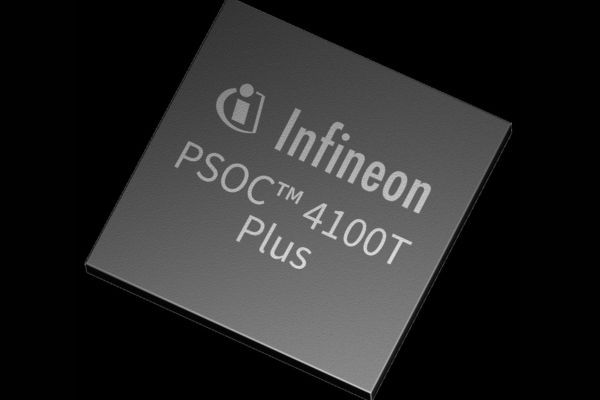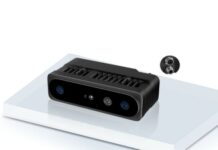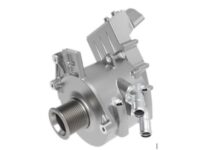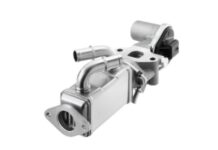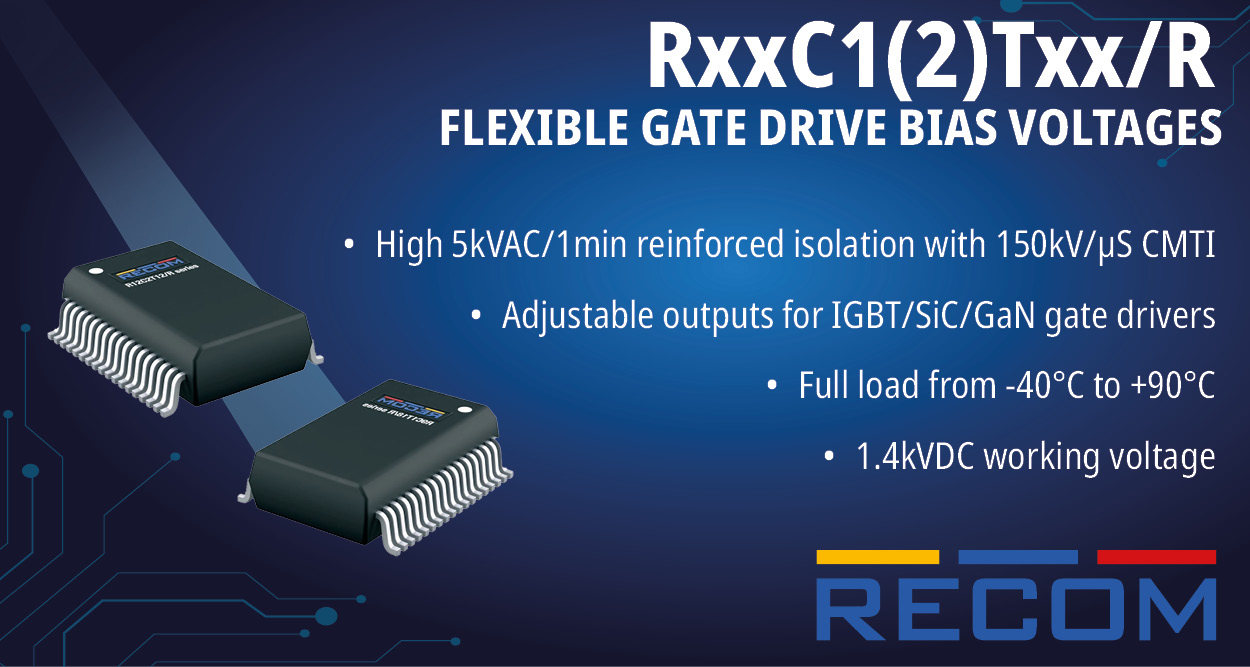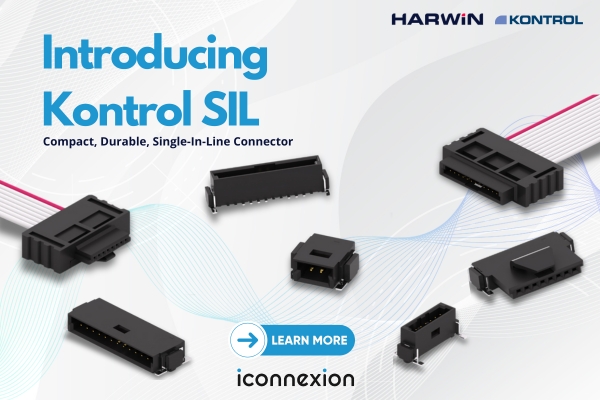Infineon Technologies, introduces PSOC 4100T Plus, an Arm Cortex-M0+ microcontroller (MCU) with Multi-Sense. The new microcontroller offers a rich blend of analog and digital capabilities, featuring 128K Flash, 32K SRAM, and Infineon’s high-performance Multi-Sense technology, which includes CAPSENSE, inductive sensing and liquid level sensing. PSOC 4100T Plus also boasts enhanced reliability and is equipped with a range of enhancements and advanced sensing capabilities to form a complete solution for system control and human-machine interface (HMI) applications.
“Infineon is committed to delivering best-in-class system control and HMI solutions with enhanced reliability,” says Vibheesh Bharathan, Director and Project Lead for PSOC 4 Multi-Sense from Infineon. “Our Multi-Sense capability represents a paradigm shift, driving next-generation sensing solutions for HMI and system control use cases. In this way, we are enabling the digitalization solutions of tomorrow for consumer and industrial applications.”
PSOC 4100T Plus can be used as a standalone general-purpose microcontroller, providing a robust platform for system control and management OR it can be utilized as a specialized HMI MCU, enabling the creation of intuitive and interactive interfaces. Alternatively, PSOC 4100T Plus can serve a single chip solution for both system control and touch HMI.
In its HMI MCU configuration, the device supports a range of sensing applications, including capacitive sensing for detecting user touch or proximity, inductive sensing for enabling touch over metallic surfaces, Machine Learning (ML) based liquid level sensing for monitoring liquid presence or levels, and CAPSENSE-based hover touch for detecting finger touch through a large airgap, making it a powerful tool for creating innovative and user-friendly interfaces.
PSOC 4100T Plus is a versatile and powerful platform designed to support a broad range of applications. For example:
Home appliances: Reliability is the top priority for home appliances. The PSOC 4100T Plus series addresses this critical requirement with significant enhancements, including 6500 V best-in-class electrostatic discharge (ESD HBM) protection and a 1% internal main oscillator (IMO) accuracy. In addition, the advanced HMI features, such as hover touch, provide a solution to several design challenges, including the need for simplified and cost-effective stack up, touch operation through airgap. With the combination of complementary sensing technologies of Multi-Sense, designers can effectively address the design challenges they face.
Consumer electronics: PSOC 4100T Plus series elevates the human-machine interface capabilities in consumer electronics by providing a compact and efficient solution for sensor designs. Leveraging its 5th Generation CAPSENSE technology, the PSOC 4100T Plus offers high signal-to-noise ratio (SNR) and low power consumption. Additionally, its waterproof design enables the device to operate reliably in harsh environments, including outdoor applications.
Touchpad and touchscreen applications: PSOC 4100T Plus series offers a high resolution 2D finger tracking user interface, enabling the creation touchpads and touchscreens. With 32 sensor inputs, the device can be configured to support up to 256 nodes, allowing for a wide range of design possibilities. For example, a touchpad can be designed with an 80mm x 80mm surface area with a 5mm diamond pitch, resulting in a high-resolution multi-finger tracking. Similarly, a 4-inch touchscreen can be driven by PSOC 4100T Plus for multi-finger use. Both touchpad and touchscreen user interfaces supported with built-in, configurable gesture engine.
To support the development of multi-sense applications, a comprehensive suite of software tools and resources are offered. The CAPSENSE Tuner allows designers to easily configure and optimize capacitive sensing applications, while the Inductive Sensing Design Guide and Liquid Level Sensing Design Guide provide detailed guidance on implementing these technologies. Additionally, the ML-based liquid level sensing model trainer enables developers to overcome challenges like manufacturing variations, varying airgaps with removable tanks.



